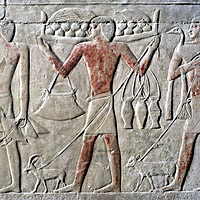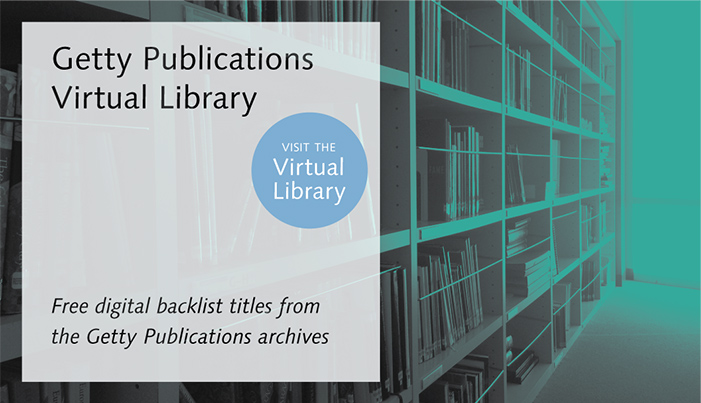University of Pennsylvania Museum of Archaeology and Anthropology publications with digital supplementary material
The University of Pennsylvania Museum of Archaeology and Anthropology has produced the results of research conducted by the Museum since our first expedition to Nippur in 1889. Over the years, the Museum's publishing program has expanded to include site reports, exhibition catalogs and gallery guides, conference proceedings, and stand-alone scholarly monographs and popular books. For the marketing, sales, and distribution of our books, we collaborate with the University of Pennsylvania Press. All titles that are currently in print are available for purchase online at the Penn Press website, and you can find brief descriptions of our most recent titles right here. For all of our books that include supplementary materials on CD or DVD, these resources are available to the public on the Digital Archaeological Record (tDAR) website. You will need to sign a usage agreement and create an account to access these materials, but there is no cost associated with this.
Projects
The Artifacts of Tikal—Ornamental and Ceremonial Artifacts and Unworked Material Tikal, Report 27A
The Artifacts of Tikal—Utilitarian Artifacts and Unworked Material Tikal Report 27B
Ban Chiang, a Prehistoric Village Site in Northeast Thailand, Volume 1: The Human Skeletal Remains
Botanical Aspects of Environment and Economy at Gordion, Turkey
Dún Ailinne: Excavations at an Irish Royal Site, 1968-1975
Etruscan Myth, Sacred History, and Legend
Exploring Iran: The Photography of Erich F. Schmidt, 1930-1940
Gordion Seals and Sealings Individuals and Society
Mapping Mongolia: Situating Mongolia in the World from Geologic Time to the Present
The Maya Vase Conservation Project
Peoples and Crafts in Period IVB at Hasanlu, Iran
Prehistoric Hunter-Gatherers of the Baikal Region, Siberia Bioarchaeological Studies of Past Life Ways
Reports on the Vrokastro Area, Eastern Crete, Volume 2: The Settlement History of the Vrokastro Area and Related Studies
Reports on the Vrokastro Area, Eastern Crete, Volume 3 The Vrokastro Regional Survey Project, Sites and Pottery
Santa Cruz Island Figure Sculpture and Its Social and Ritual Contexts
Settlement Archaeology at Quiriguá, Guatemala
Tikal Report 34, Part A: Additions and Alterations: A Commentary on the Architecture of the North Acropolis, Tikal, Guatemala
Tikal Report 37: Historical Archaeology at Tikal, Guatemala


 Gods & Spirits A - Z
Gods & Spirits A - Z






 Philip E. Hughes, Scripture and Myth. An Examination of Rudolf Bultmann's Plea for Demythologization. London: The Tyndale Press, 1956. Pbk. pp.30. Reprinted Eugene, OR: Wipf & Stock, 2009. Hbk. ISBN-13:
Philip E. Hughes, Scripture and Myth. An Examination of Rudolf Bultmann's Plea for Demythologization. London: The Tyndale Press, 1956. Pbk. pp.30. Reprinted Eugene, OR: Wipf & Stock, 2009. Hbk. ISBN-13: 



























